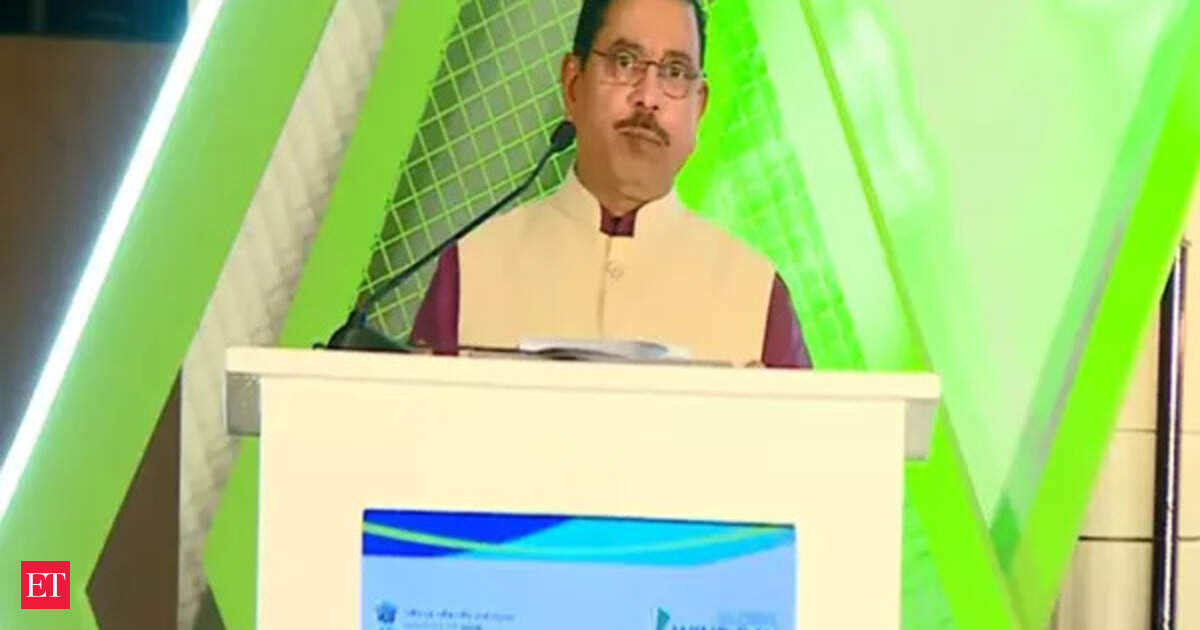Key Takeaways
- India’s wind energy capacity has reached 51.5 GW, marking a 150% increase over the past decade.
- The government’s aim is to achieve a 100 GW wind capacity by 2030, focusing on offshore projects.
- Policy reforms have significantly boosted renewable energy growth, including an increase in the budget for renewable projects.
Significant Advances in Wind Energy
Union Consumer Affairs and Renewable Energy Minister Pralhad Joshi recently announced that India has achieved a remarkable wind energy capacity of 51.5 gigawatts (GW). This milestone reflects a substantial growth of 150% over the past decade and positions India as a significant player in the global renewable energy market, exporting turbines and components worldwide.
Marking the occasion of Global Wind Day, Joshi emphasized the influence of Prime Minister Narendra Modi’s leadership, which has prioritized clean energy as a fundamental component of the Aatmanirbhar Bharat initiative. In his posts on X, Joshi stated, “On this Global Wind Day, let’s celebrate the power of wind driving India’s clean energy growth.” He highlighted that the nation is resolutely working toward a target of 100 GW wind capacity by 2030, including a substantial 30 GW expected from offshore projects, driven by strong policy reforms and a burgeoning manufacturing ecosystem.
Joshi noted that India ranks fourth globally in wind power capacity and third in overall renewable energy production. During a celebration in Bengaluru, he declared that India is set to become a major manufacturing hub, competing with countries like Vietnam and China. He asserted that renewable energy will be vital in achieving this goal, stating the necessity for increased renewable resources alongside conventional energy.
The minister also reflected on the transformation in India’s renewable energy sector over the last decade. In 2014, solar energy capacity was at a mere 0.242 GW, which has skyrocketed to 110 GW today. Wind power capacity has seen significant growth as well, rising from approximately 21-22 GW to its current 51 GW. Joshi attributed this progress to effective government policies and cooperation between state and central authorities.
Further, the government has initiated a Viability Gap Funding (VGF) scheme aimed at offshore wind energy projects, with a total allocation of Rs 7,453 crore. This includes Rs 6,853 crore for the commissioning of 1 GW of offshore wind projects off the coasts of Gujarat and Tamil Nadu.
The renewable energy budget for this fiscal year has increased by 53%, now standing at Rs 26,549 crore, with a significant portion earmarked for wind energy initiatives. Joshi reiterated the importance of state participation in the energy transition, urging swift action to overcome challenges related to land availability, transition timelines, and transmission delays. He emphasized that now is the time for decisive execution rather than hesitation, reinforcing the government’s commitment to advancing the renewable energy sector.
The content above is a summary. For more details, see the source article.















